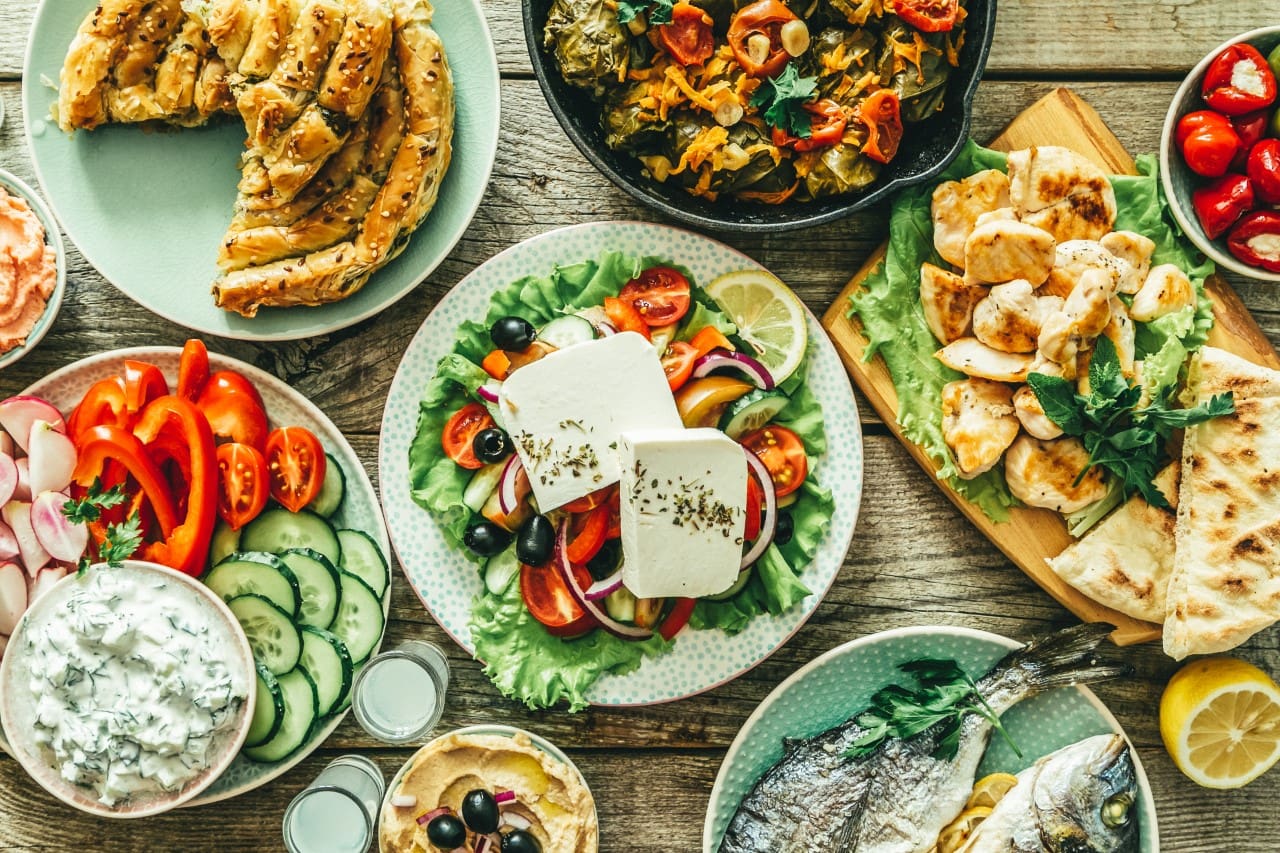Good for the planet and good for our bodies: upcoming food trends from Unilever’s Global Menu Trends for 2023

In March, Unilever released their first Future Menu Trends Report, which includes comments from experts around the world about what trends they’re predicting this year, as well as recipes for how to integrate them into our menus.
So, what can we expect from the rest of 2023?
More veggies on our plates
You can expect to see an uptake in vegetables on menus as well as seeing more vegetables taking centre stage rather than remaining as a side dish. This trend is driven by the increase in consumers turning to a vegan, vegetarian or flexitarian diet, as well as those seeking more health benefits and nutrients from their meals.
Presenting vegetables in a new light on menus can also create a ‘wow’ factor, intriguing clientele to try the dish. What’s more, as a society we’re starting to gain a deeper understanding of the link between nutrition and wellbeing to now include the links with mood, metabolism, gut health and quality of sleep, leading to consumers wanting their meals to help them feel good.
Alternative proteins
Increasing alongside the upwards trend of more plant-based diets, alternative proteins will be more heavily integrated into recipes as consumers look to meet their protein goals without consuming meat. With one in four people in the UK now identifying themselves as flexitarian, integrating meat alternative protein sources will only continue becoming more pertinent.
Beans, legumes, pulses, tofu, and plant-based meat are some of the most popular ingredients incorporated into menus by chefs looking to not only adapt to the trend but also lower their carbon footprint.
Environmentally friendly options
The combination of the cost-of-living crisis and the climate crisis is leading to the need to reduce food waste and make the most of all ingredients. Considering 30% of all food made for human consumption is wasted, the increase of zero waste menus couldn’t come sooner in our opinion!
For commercial kitchens, introducing zero-waste menus should increase the profit margins. Suggestions for implementing this change include finding inventive ways to make food go further, such as using top to toe and root-to-leaf, as well as trying out traditional techniques like fermenting and pickling.
Another element of designing sustainable menus is the origin of the product and many consumers are paying more attention to the origins of the food they eat. It’s important not to forget the impact of ingredient air miles. Furthermore, looking locally for ingredients can give chefs a stroke of inspiration as well as encourage people to eat with the seasons and use the freshest ingredients.
A fresh spin on traditional food
With food being one of the biggest providers of comfort, it’s no surprise that the trend of home food is still going strong, however still reeling from the pandemic and many people eating repetitive home-cooked meals, consumers are looking for a fresh, inventive spin on the classics.
Allowing consumers to rediscover a traditional dish with an innovative spin will prove popular, chefs might look to offer a fresh interpretation of the ingredients, cooking method or the presentation of the dish.
As Middle Eastern and Asian cuisines continue to climb in popularity, adapting traditional dishes with these flavour profiles would likely be well received. Alternatively, adapting a traditional dish to be plant-based would also cater to several other upcoming trends.
A focus on sharing and surprise
After focusing on trends in the kitchen, it’s important to also pay attention to the food trends outside of the kitchen. Consumers are developing an appreciation for food that brings people together and helps them share the dining experience.
From Korean BBQ to Swiss fondue, Greek mezze and Spanish tapas, there are cuisines around the world that cater to this trend, allowing chefs to develop recipes that lend themselves to being a sharing dish and intrinsic parts of celebrations.
We’ve already seen restaurants adapt to this, for example, Pieminister recently introduced the gravy fondue with onion rings and pigs in blankets available to dunk.
Will you adapt your menus to fit these upcoming trends? Let us know what you think on social media and share a picture of your favourite dishes with us!
And if you’re looking for a Birmingham PR agency to help you develop new recipes and market your food products, get in touch with us today!




